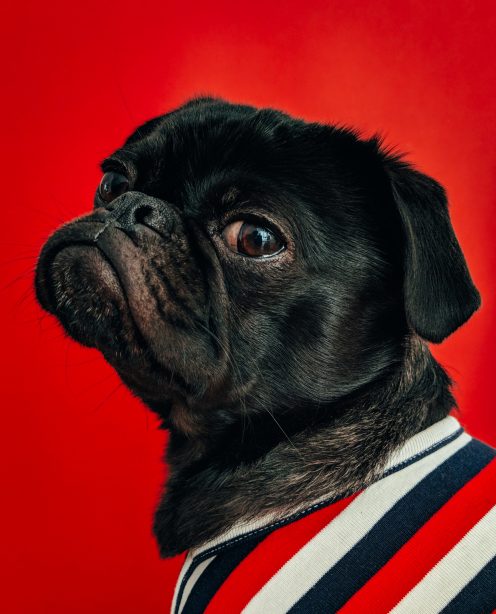So for example:
Bad, lazy alt tag: Dog
Good, accurate alt tag: Aloof pug in cardigan looking towards camera
Say this was used in an article about the emotional responses of dogs. For a visually-impaired reader using a screen reader, the alt tag ‘dog’ doesn’t add much to the experience. However, ‘aloof pug in cardigan looking towards camera’ provides a visually-impaired reader with a distinct text alternative and a stronger idea of what is featured in the image.

What makes a good alt tag?
The key to good alt tag writing is combining accuracy with brevity. It needs to be accurate and descriptive without being too long.
Most alt tags have a limit of 125 characters, so look to convey accurately the image’s content without labouring the point.
Using keywords
Alt tags present an opportunity to include relevant keywords to help boost SEO and enhance the chances of you appearing higher in search results.
Google places a high value on good alt text for images, so if there’s a way to include an image that you can then legitimately include a strong keyword in the alt tag for, that’s a win-win.
If you’re struggling to do this because the image doesn’t overly align with the keywords you’re trying to target, it might be worth reconsidering your image selection and picking something more relevant.
User vs SEO
There’s a natural temptation to prioritise your keywords over the user experience when it comes to alt tags.
Resist this temptation!!
It’s vital that the user needs are met first and foremost, and only include a keyword in an alt tag if it is accurate to what that image shows and makes sense to do so.
For more info on images and SEO, take a look at Google’s guide here.
And for more Do’s and Don’ts, take a look at this article.
If you’re looking for a new digital partner, say hello to the Un.titled team.




